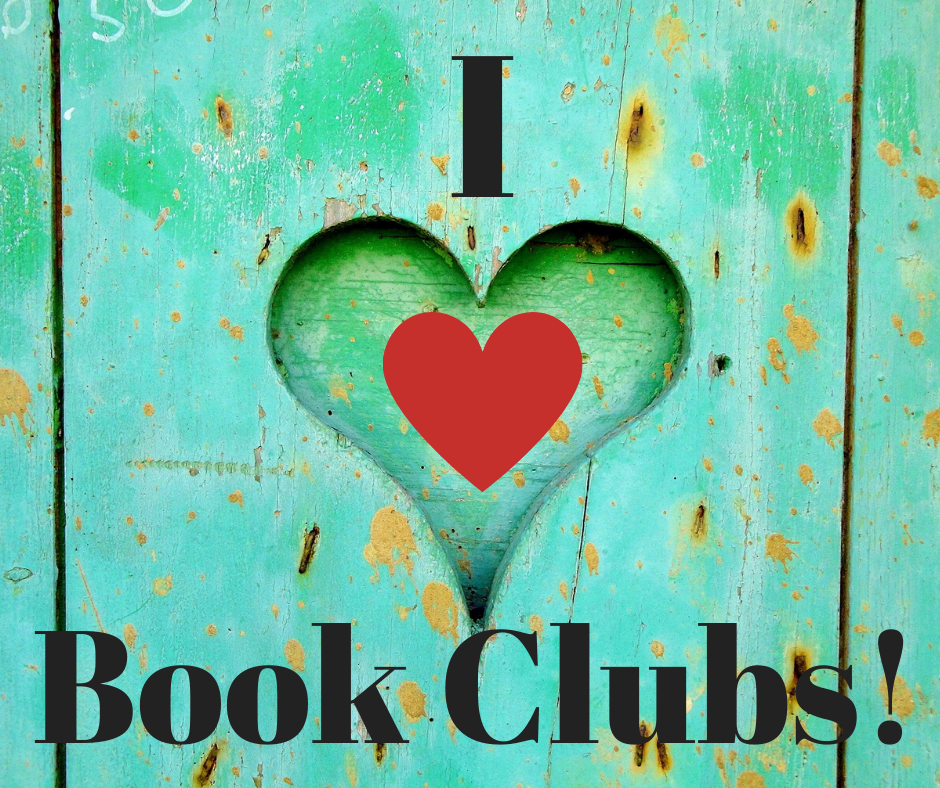Warm up your Cold Calling
/Many times, when authors schedule events, they have to reach out and do some cold calling, and it can be stressful to pitch something to someone you don’t know. Here are some ideas to help make your call not just another random request.
The best thing I ever did to build my contact list was to volunteer to schedule the programming for one of my writers’ groups. This gave me the opportunity to reach out to all kinds of venues and speakers and to build relationships with local book sellers, libraries, and other professionals. (I was scheduling writing, marketing, and law-enforcement-related presentations for my Sisters in Crime chapter. Among hundreds of local contacts, I now have two bailbondsmen in my contact list who did a fabulous presentation on what it’s like to seek bond.)
Here are some ideas to help you when you reach out to plan an event:
Contacts and relationships are important. It is much easier to call or email someone you have a relationship with than it is a complete stranger.
When you meet new people, make sure to add them to your contacts immediately. Make sure to include a note of where you met them.
Visit your local bookstores and libraries regularly (not just when you want to do a book signing). Be part of the community. Make sure you introduce yourself.
When you participate in a book festival, make sure to introduce yourself to the event coordinators and planners.
Be willing to volunteer.
Join a writers’ group and volunteer. These groups help authors build their networks.
If you have a skill to share, volunteer to teach a class. Even if you can’t sell books there, you can still promote your newsletter and offer bookmarks.
Contact your local library or bookseller and proposal a panel for a program that they could offer. Many groups are looking for interesting speakers.
Do your homework. Learn about the group, organization, or business before you reach out to them. Look at their event calendars. Make sure that what you’re offering matches.














